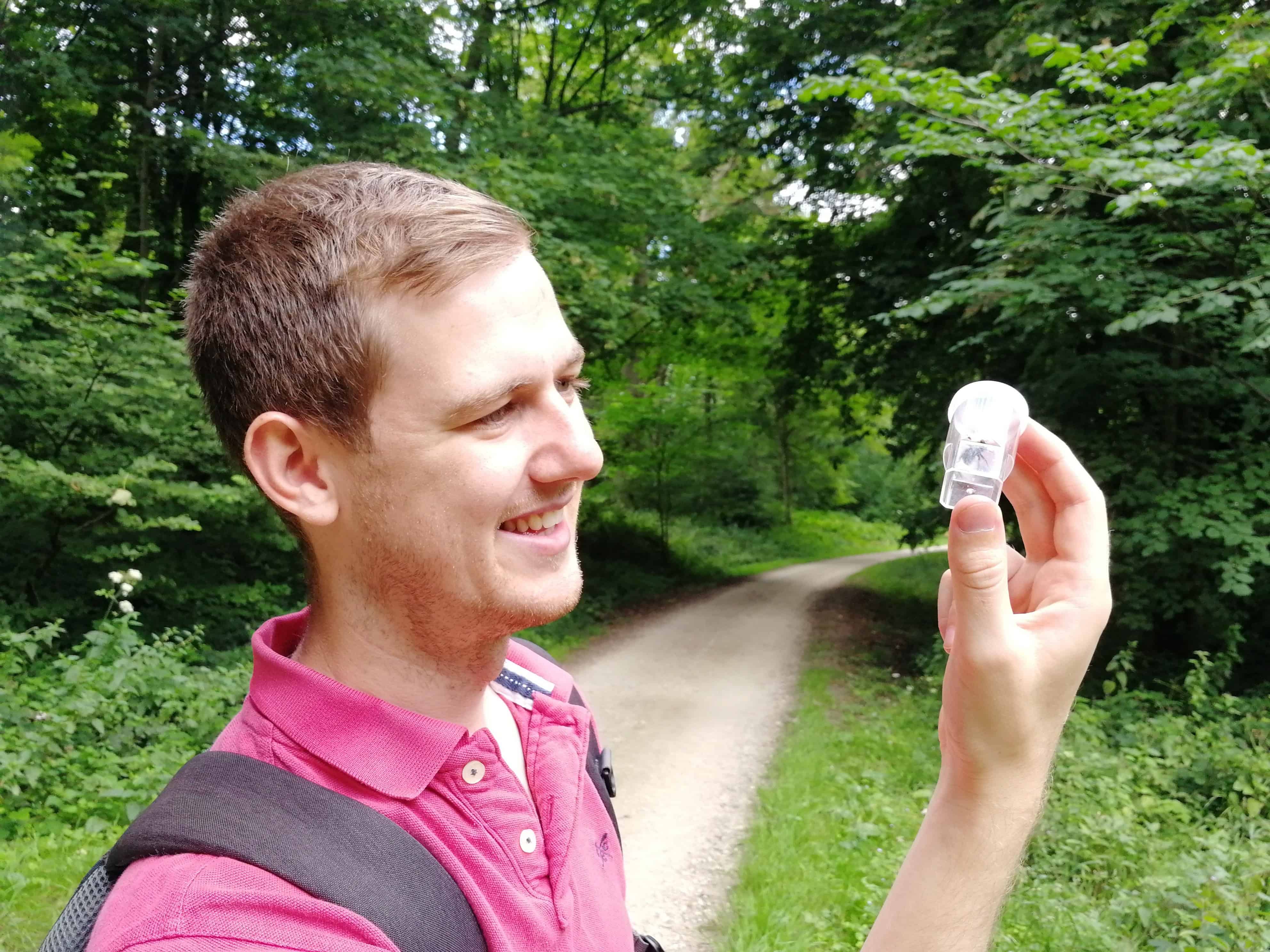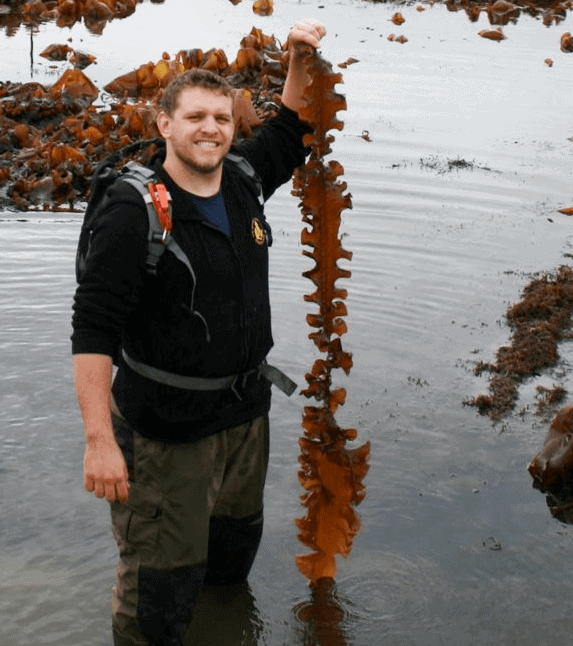-
Asked by anon-295503 on 10 Jun 2021.0
Question: This question is about the current problem you are trying to solve- How can you and the other scientists distinguish the smaller bacterial cells that need to be isolated from the protist cell and roughly how many bacterial cells can sometimes be found in a single protist cell?
-
Sally Warring answered on 10 Jun 2021:
Hello, this is a great question and is an ongoing problem for us. It’s actually really hard to separate the bacteria from the protist cells. Sometimes there can be thousands or even millions of bacterial cells living on and around each protist cell. Some protist cells have bacteria living inside them as symbionts, and there can be hundreds of bacteria inside each protist cell. Some protists eat bacteria. Many protists need the bacteria to survive, so you can’t actually separate them if you want the protist to grow.
It is sometimes possible to establish what we call an axenic culture for a protist species. An axenic culture is a culture that is free of all living things apart from one species, so when we do this for protists, the axenic protist culture will only contain one protist species and no other living things. We usually need to use antibiotics and/or anti fungal agents to be able to do this, and these cultures can be hard to maintain, and not all protist species can be grown this way. But, these axenic cultures are really useful for when you want to study that protist species.
For what we do, where we collect protists from the environment, we don’t actually separate the bacteria from the protists physically. We extract DNA from the protists and the bacteria together, sequence all the DNA, and then we use bioinformatics and data analysis to try to split the protist DNA from the bacterial DNA. This is possible because the protists are eukaryotic and the bacteria are prokaryotic, and eukaryotes and prokaryotes have different features in their DNA. Things like GC versus AT percentage, they types of genes and the structure of those genes, the types of codons that those genes use, and similarity to the DNA of other organisms that have already been sequenced all help us determine what DNA is coming from the prokaryotes and what is coming from the eukaryotes. This is not a prefect process though, and we sometimes get it wrong and are often introducing or developing new tools to improve the way we do this.
-
Related Questions
Latest Questions
-
What is the species you are most excited to investigate?
-
What’s the most interesting species you’ve studied?
-
What is the Devil’s Coach Horse’s closed relative?
-
What is everyone’s favourite bug?
-
What drew you the species that you study?
-
What A-Level results did you get?
-
Is this always what you wanted to do??
-
how does nitrogen and dry ice preserve dna ?
-
Have you seen any effects of climate change on the aquatic environment/ organisms?
-
do you actually like worms or do you just pretend? (i am terrified of worms)
Latest Comments
-
Do all butterflies migrate? Are they all as extreme as the monarch butterfly? (1 comment)
-
🍄🧬 Chicken of the Woods: Our first fungus genome (1 comment)
-
When did you leave your parents? (1 comment)
-
How long have you worked in the field you work in? (1 comment)
-
How do you ensure that your DNA samples haven't been contaminated? (2 comments)







Comments